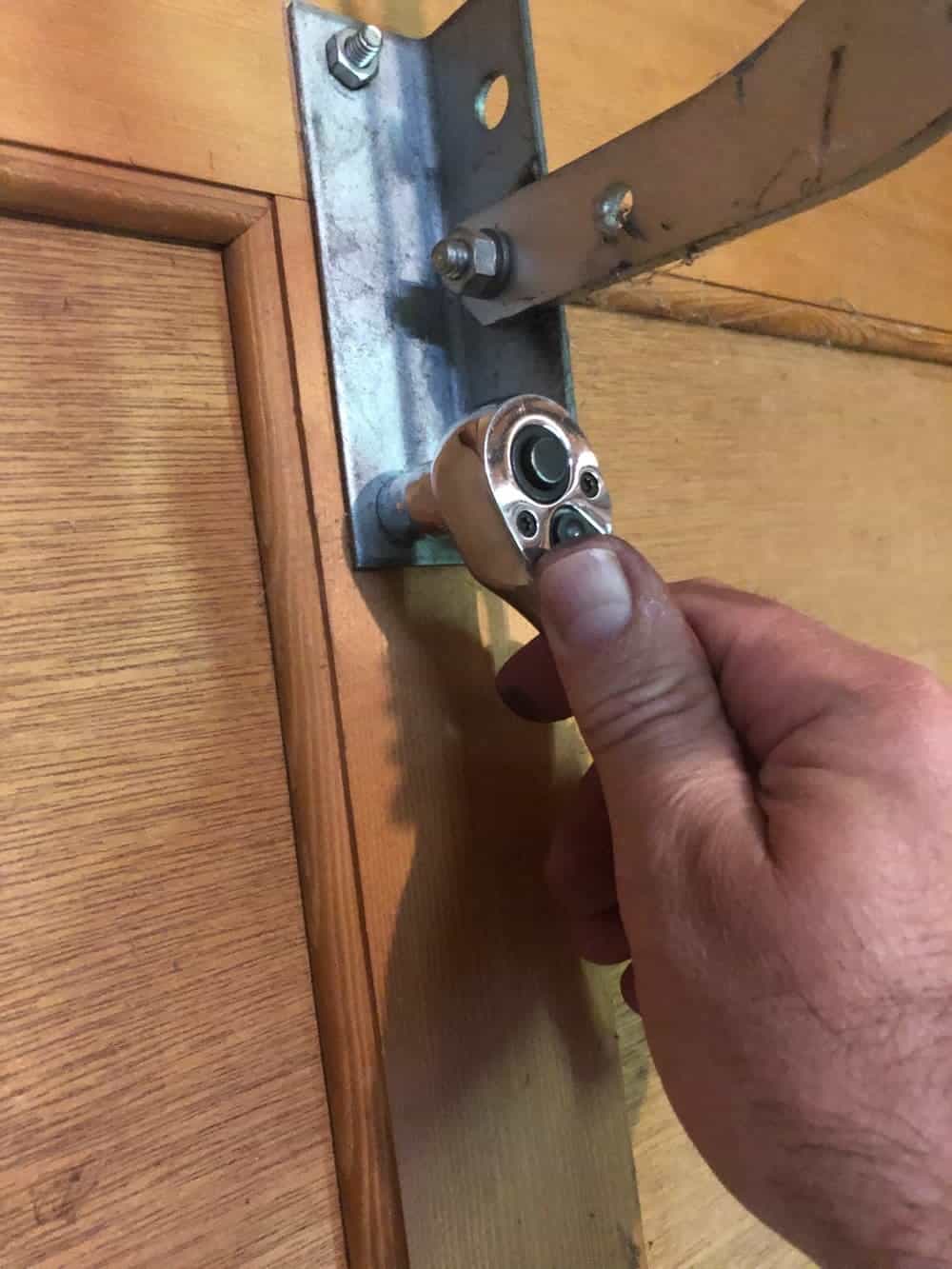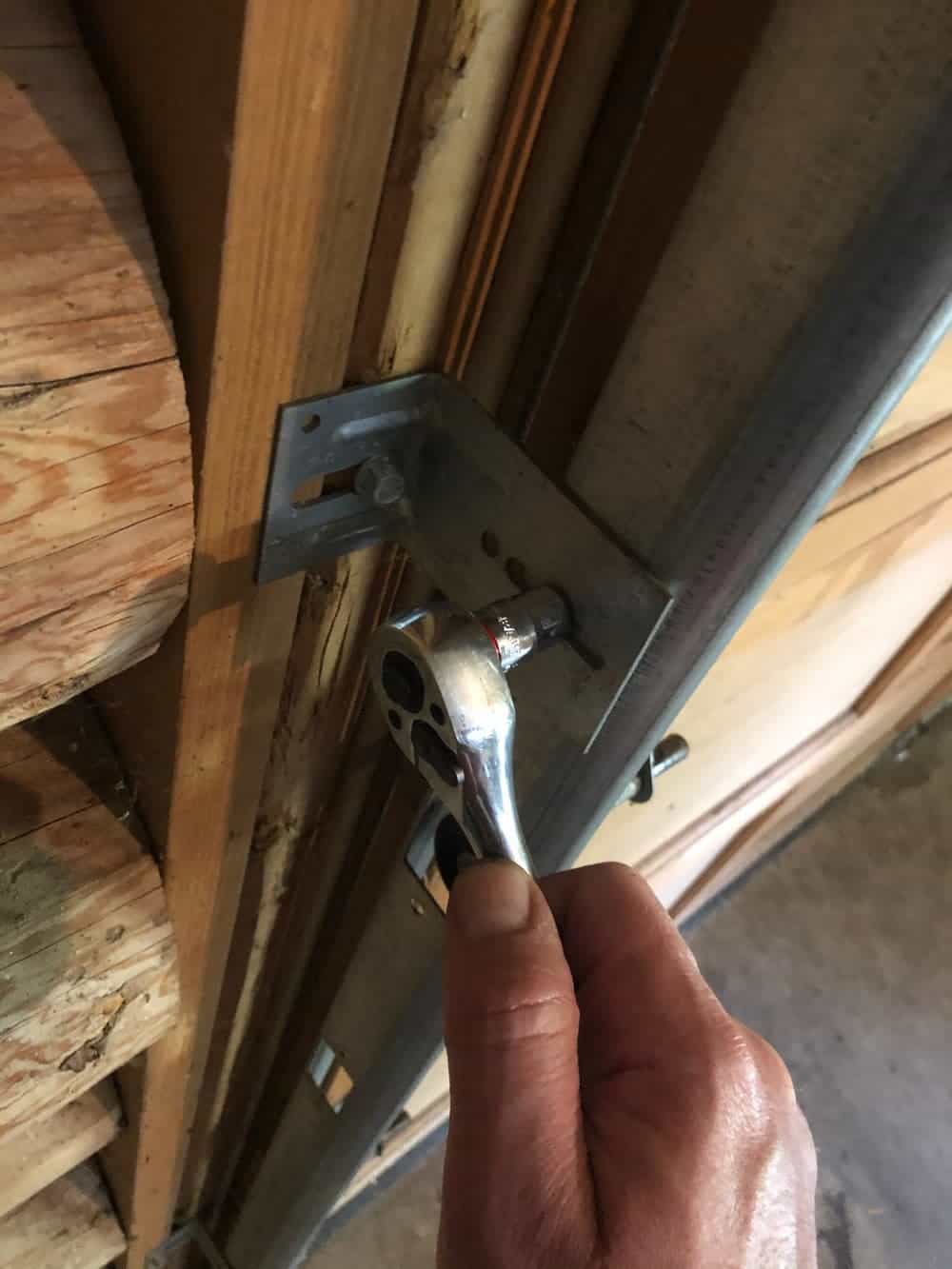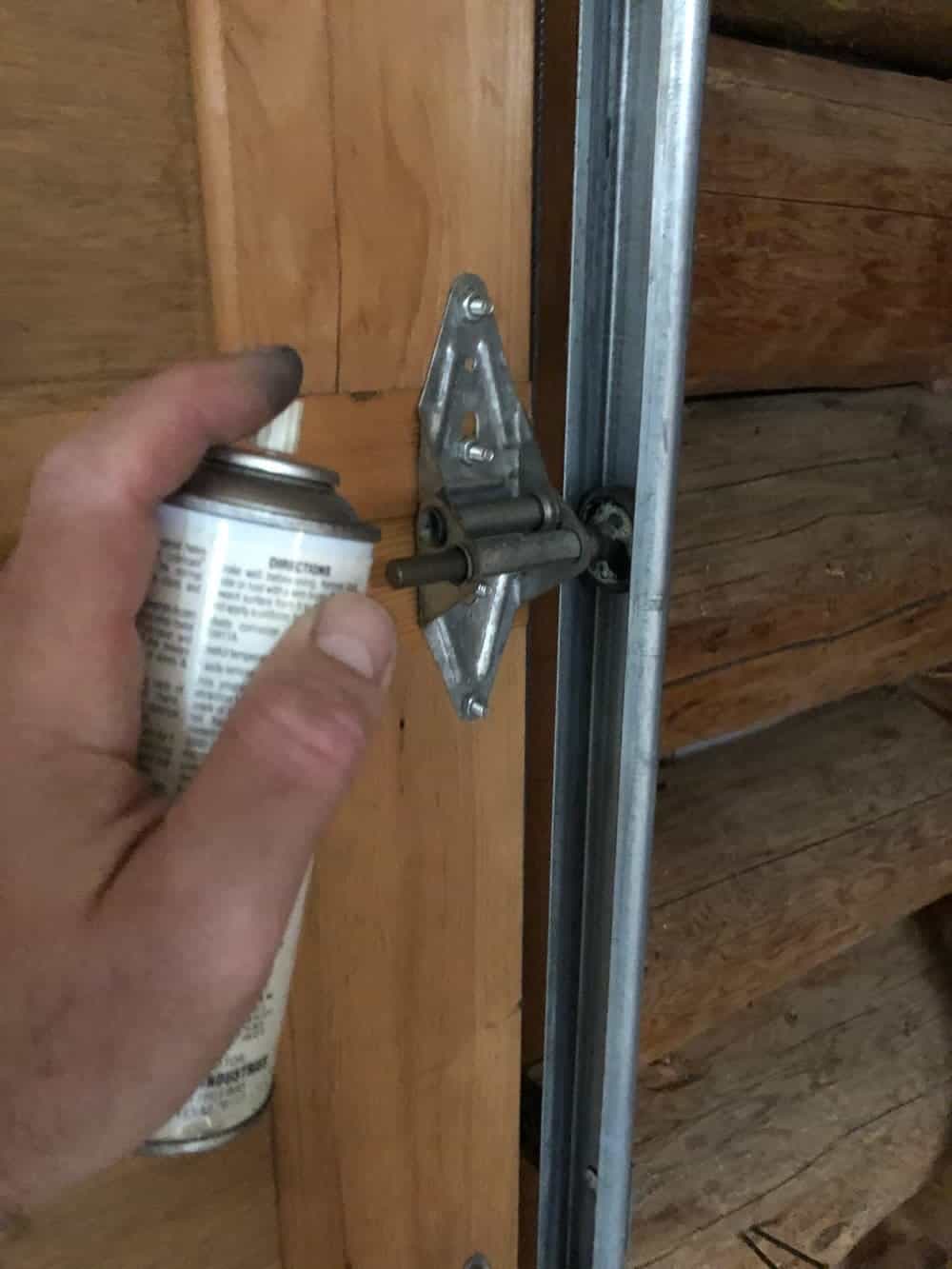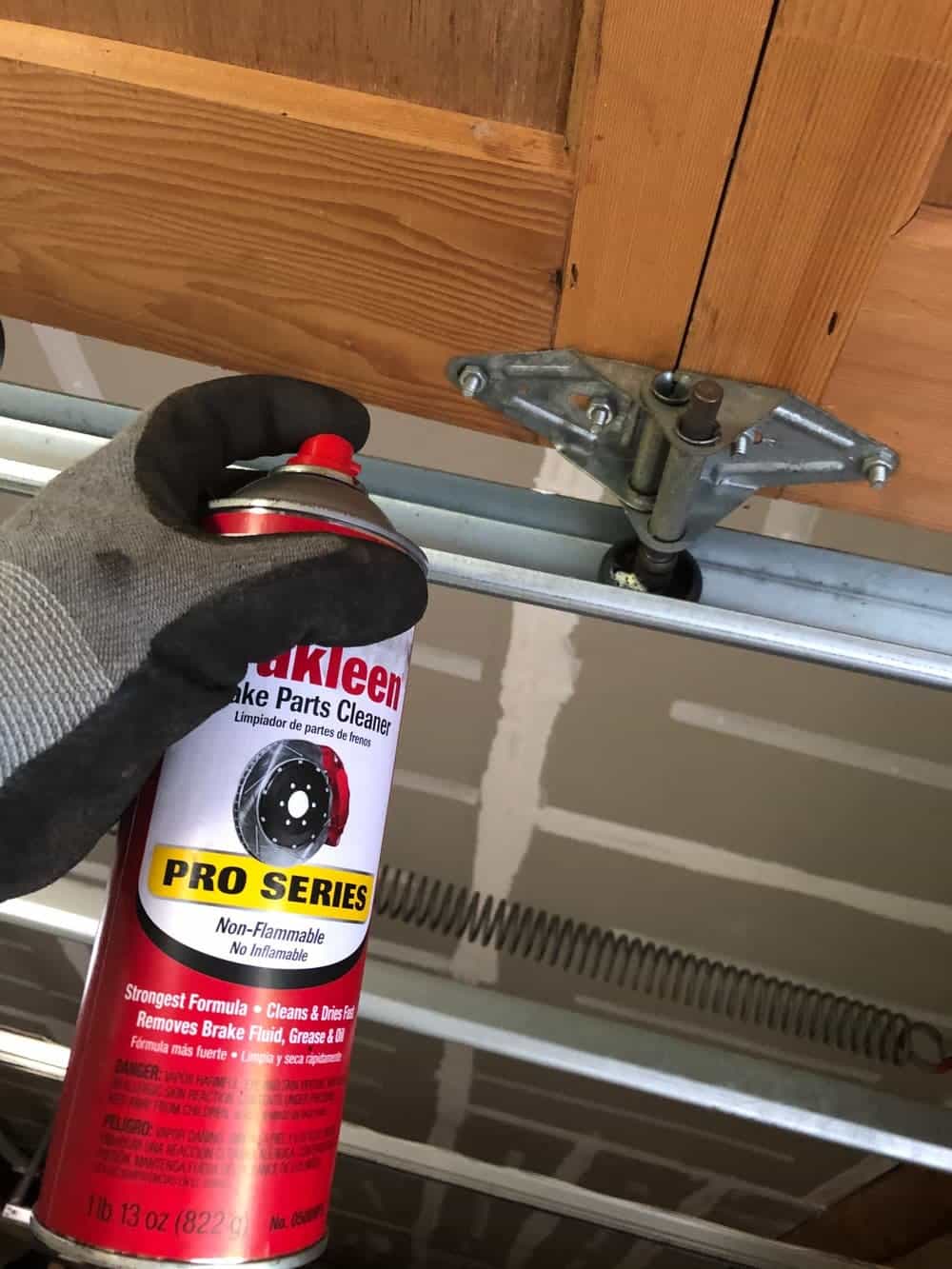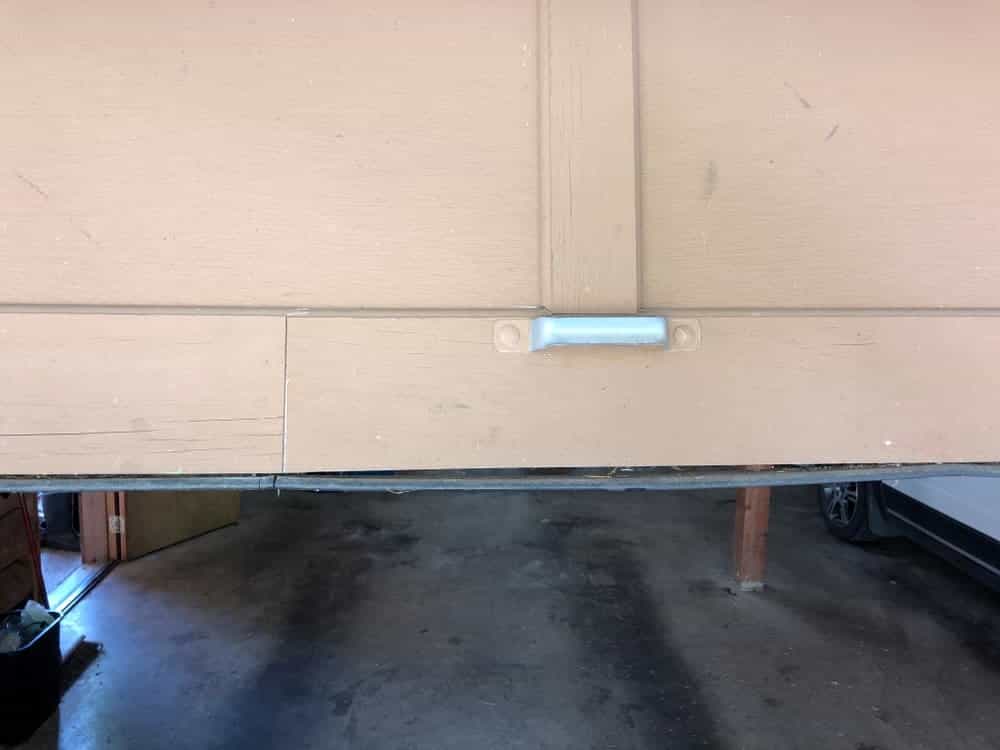Now, before you take off with a crowbar and bundle of determination, remember that when it comes to DIY garage door maintenance, you should to know when it’s okay to tackle the problem yourself and when to bring in a professional. Attempting certain garage door fixes on your own could result in serious injury. Namely, you should leave the springs and cables alone. Garage door springs and cables are under a high degree of tension, and if mishandled, they could snap and spring back at you in such a way that you could get hurt.
However, that doesn’t mean there aren’t plenty of other garage door DIYs you can perform yourself. Follow these tips on how to repair your garage door.
1
Wipe Off The Garage Door Sensors And Change The Remote Batteries
If your garage door won’t open or close, a good first step may be to try changing the battery on the garage door opener.
If that doesn’t work, check the electric eye sensors near the bottom of your door. Dirt, grime, and even oil can build up on these sensors and cause a communication problem, which may lead to issues like your garage door not opening all the way. If the lenses look dirty, wipe them off with a microfiber cloth. If they seem to be out of alignment, straighten them. You’d be surprised how small DIY garage door maintenance tricks like this can solve the problem quickly.

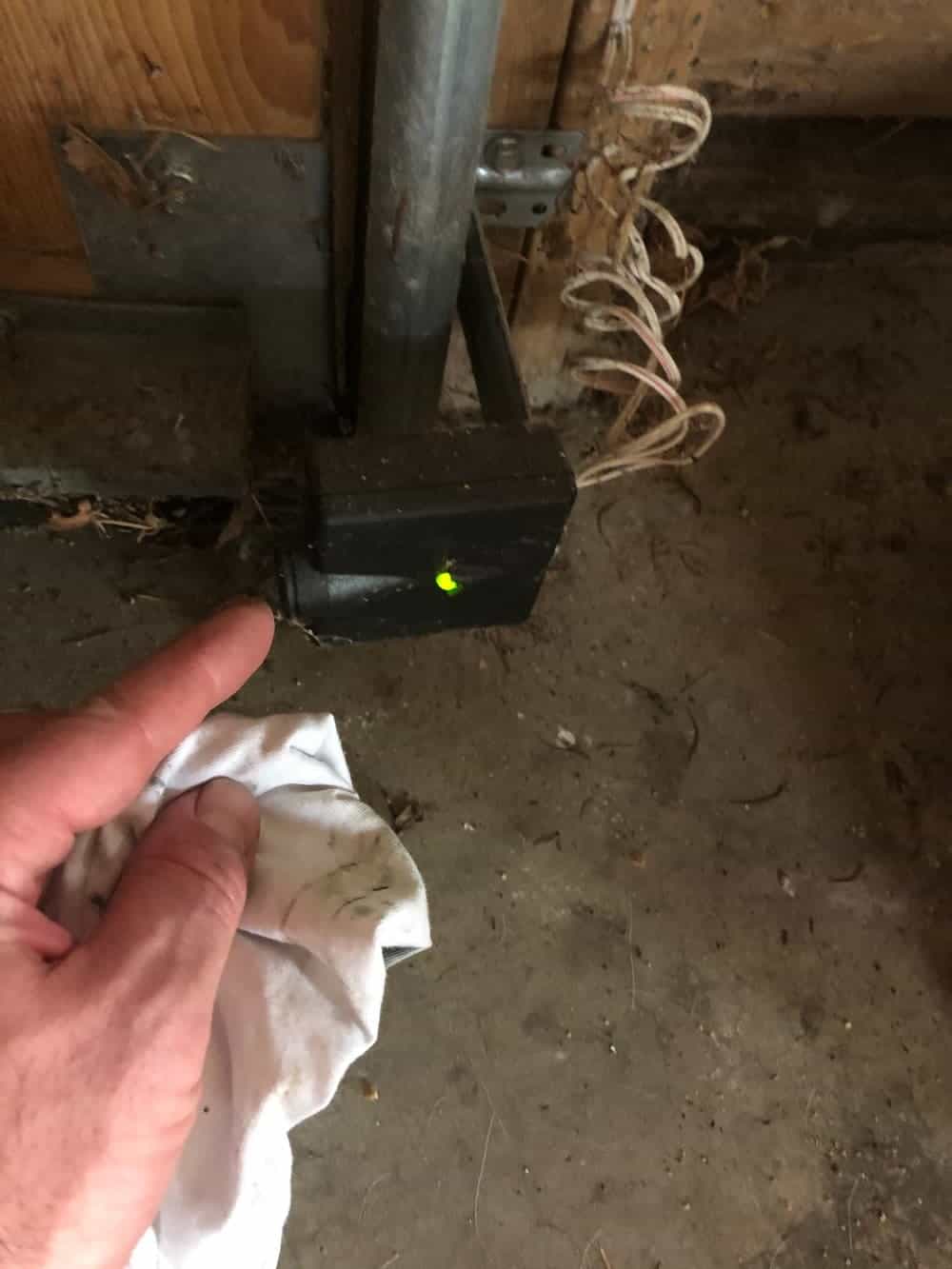
2
Tighten Nuts, Bolts, And Hinges To Fix Clattering And Rattling
Garage doors can be loud, but if your garage door is making more noise than usual, you may need to tighten the door hardware. Temperature fluctuations can cause the metal in nuts, bolts, and hinges to expand and contract, loosening door hardware over time. Tighten all the bolts that fasten your rails to the support brackets.
Check the roller brackets for signs of wear. Do not remove the lower roller bracket—it’s attached to a high-tension cable. For safety’s sake, it’s best to call a garage door repair service if this part needs to be removed for any reason.


